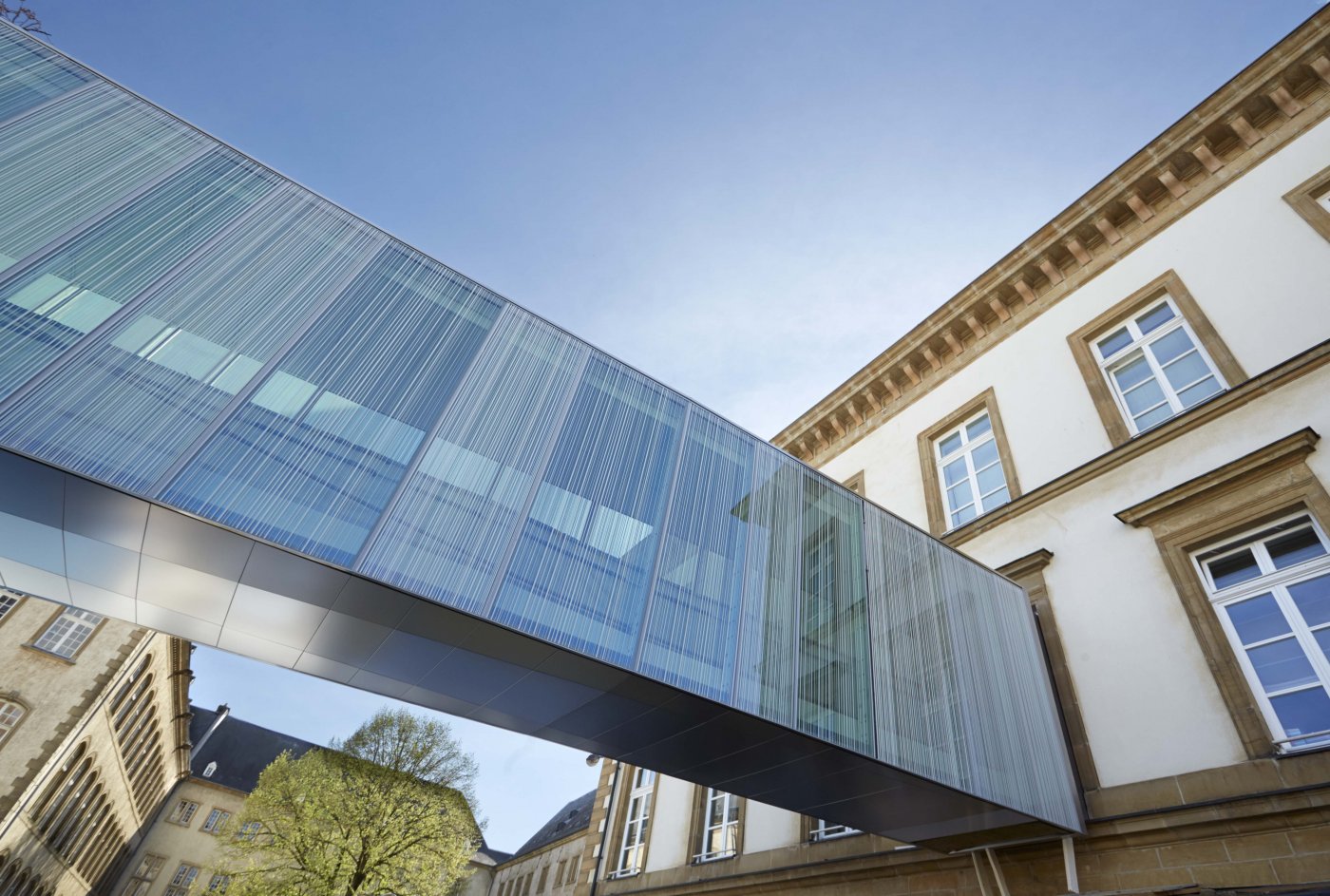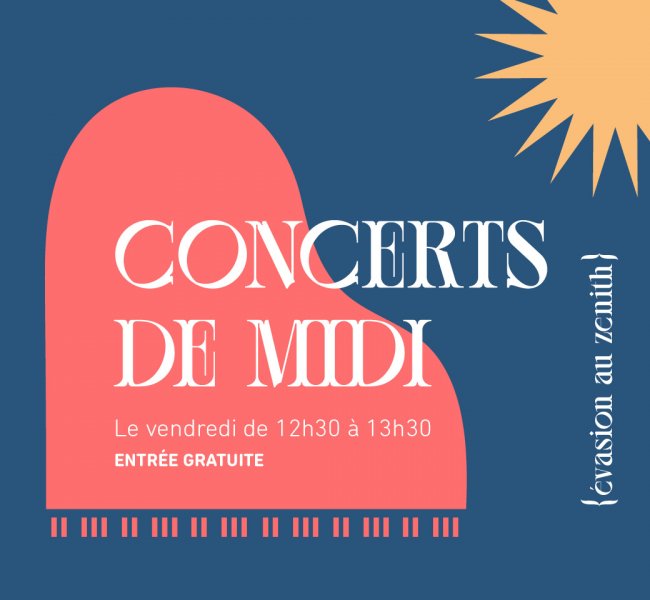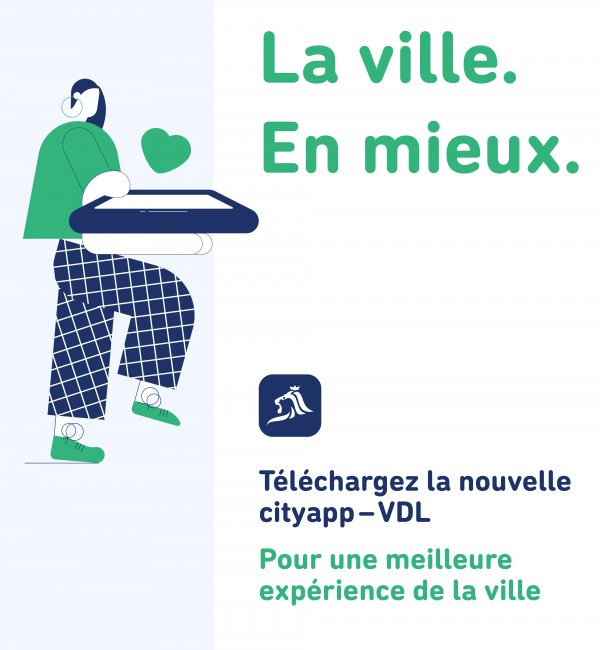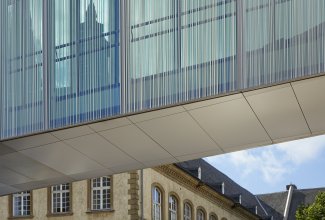Summary record
Video
Interest in participating in MinettKompost
Question by Linda Gaasch
In the 11/02/2019 edition of "Wort", there is mention of the City of Luxembourg's interest in contributing to the Sud MinettKompost organic waste recovery centre. On this topic, I would like to put the following questions to the college of aldermen:
- What is the status of the discussions on the City of Luxembourg's joining MinettKompost? Why is this collaboration being considered?
- What are the possible terms and conditions for the City of Luxembourg's potential participation in MinettKompost?
- At present, the City of Luxembourg has agreements with two biogas producers (in Kehlen and Itzig). What are the terms and conditions of these contracts? In the event that the City of Luxembourg already participates in MinettKompost, are there plans to continue this collaboration?
- Due to biomethanisation, wood waste is not currently permitted in the brown containers. Would this be possible in the future? Are any other changes planned?
Response by Patrick Goldschmidt
Alderman Goldschmidt noted that this question dated from February but that due to ongoing negotiations, he had been unable to answer it sooner. At issue is a desire by the City of Luxembourg to collaborate with or participate in MinettKompost, which it tried to do.
While drawing up the coalition agreements, the college of aldermen contemplated how the City of Luxembourg could participate in dry fermentation and the potential for carrying out for this type of process in the city. The college of aldermen soon concluded that it could be in the interest of the City of Luxembourg and MinettKompost to collaborate. Because many municipalities are part of MinettKompost, it was necessary to examine how a city so large as Luxembourg City could impact other partners, were it to join such a syndicate. However, it would seem that this membership would benefit all parties, because costs could be shared among more contributors, so now, the City of Luxembourg and the municipalities that already belong to MinettKompost agree that the City of Luxembourg should join. At this point, the terms of this membership need to be determined and negotiated: namely, how much must be paid to acquire a stake and the terms attached to any initiation fee that must be paid. This will be studied by the college of aldermen as soon as the 2018 accounts are closed.
For the City of Luxembourg, which currently has "brown" bins that cannot accept all organic waste, the benefit would be the ability to recycle more waste because the MinettKompost facilities accept all organic waste, including organic wood waste. As for the two agreements currently in force that were entered into by the City of Luxembourg in 2014 for three years with annual tacit renewal – on the understanding that, after the City of Luxembourg joins the MinettKompost syndicate, this group will have to make additional investment to increase their waste management capacity – they must be terminated in accordance with their terms. For the future, there is need to further promote the brown bins, which offer major benefits to all residents of Luxembourg City and which are being requested more and more, to maximise recycling.
Cents-Kirchberg pedestrian bridge
Question from Claudie Reyland
In 2008, the municipal council approved the construction of a pedestrian and active travel bridge connecting the Cents and Kirchberg districts, including an elevator to link the bridge from street level on Rue de Neudorf.
This bridge was supposed to pass over the Rue de Neudorf church; the pillar housing the elevator was to stand in the courtyard of the Rue de Neudorf Cultural Centre.
Then, in 2015, another project and another site were presented: specifically, the bridge would pass over the former Rue de Neudorf Spillschoul, and a pillar including an elevator would be built in the courtyard of the former Spillschoul.
In 2017, an umpteenth project was presented: a suspension bridge over the Neudorf Valley connecting Cents and Kirchberg. The bridge passes over the Spillschoul. The elevator is located in the vicinity of the Rue de Neudorf church.
As such, I would like to put the following questions to the college of aldermen:
- What is the current status of this project?
- Which of the various projects presented in recent years will the college of aldermen ultimately support, and why?
- When does the college of aldermen intend to present this project to the municipal council?
- When is this bridge expected to be opened?
Response by Patrick Goldschmidt
Alderman Goldschmidt asserted that he was happy that this plan suited Déi Gréng, given that the college of the mayor and aldermen had been working hard on this project in the last few months, and he had found that over 80% of Cents residents were enthusiastic about the proposed project. Another set of studies must be conducted before the project; the college of the mayor and aldermen anticipates being able to bring the project before the municipal council by summer 2020. It should be noted that the college of aldermen wishes to make progress on this project as quickly as possible.
Parking guidance system
Question by Carlo Back
There are 26 municipal car parks within the boundaries of Luxembourg City, providing a total of 9,743 spaces. These car parks are open 24 hours a day. The City of Luxembourg has also installed a parking guidance system for 19 of these car parks to help motorists find spaces more easily.
The system gives motorists real-time information on the number of available spaces in each car park. This information is posted on display signs along public roads and in a smartphone app.
I would like to ask the following questions:
- Has the City of Luxembourg calculated the occupancy rates of the city car parks in the past?
- If so, would it be possible to make these figures available?
- If not, does the City of Luxembourg intend to perform such a calculation, either retroactively or prospectively? (retroactively, if the daily real-time data is still available)?
Response by Patrick Goldschmidt
Alderman Goldschmidt thanked Councillor Back for his commitment to the automobile and parking issue. He said that there are always up to two available car parks in the city, in Ville Haute and the Gare district, so people who want to go shopping or need to visit a doctor and cannot use public transport or bike can travel to the city because there are available parking spaces. In Luxembourg City, we have two car parks that are constantly full from 10:00 to 14:00: the Knuedler and Place du Théâtre car parks. The occupancy figures of all the car parks calculated by the City of Luxembourg are automatically entered into and displayed by the parking guidance system.
Aside from the Knuedler car park, the average occupancy rate over 24 hours (i.e. including night-time occupancy) is always below 60%. The Royal-Hamilius car park is less than 20% full.
Looking at the time slot from 9:00 to 16:00 or 17:00, on weekdays:
- the Saint-Esprit car park is barely at 88% occupancy,
- the Knuedler car park is at 94%, the Monterey car park is at 62%,
- the Royal-Hamilius car park is at 26%
- and the Place du Théâtre car park is at 87%.
At the train station, the regular daytime rate is between 50% and 80%, except for the Martyrs car park, whose occupancy rate is 85% during the day. In addition, in the Gare district – which includes the Fort Neipperg car park, where 600 additional spaces will be made available from September – and around the train station, there is less demand on the car parks, meaning people can go to do errands in a fairly stress-free manner.
The purpose of the parking guidance system is to show motorists where they can park so they do not need to drive around the city to find a space on the street. The City does not have analyses conducted continually, but when the college of the mayor and aldermen requests information for a particular district, the Service Parking (Parking Department) then performs an assessment on the basis of the data collected. The spreadsheet with the main figures is then sent to Councillor Back. There is currently no need to perform an external assessment.
Footpath to access the St George's School in Hamm
Question by Héloïse Bock
The college of aldermen is undoubtedly aware that automobile traffic in the area around the St George's School in Hamm, and particularly on Rue des Peupliers, is often heavy and at times chaotic.
To ease traffic on Rue des Peupliers, some Hamm residents recommend creating a single, gravel-covered footpath that would start at the car park near the sports centre and run along the football pitch to the school, totalling around 100 metres.
In light of this, I would like to ask the following questions:
- Is the college of aldermen willing to investigate the feasibility of constructing such a footpath?
- In the event that it is impossible to make such a footpath, why is that?
- In the event that it is possible to make this footpath, when could it be done?
Response by Patrick Goldschmidt
Alderman Goldschmidt clarified that the entrance being requested is not from Rue des Peupliers, but from Val de Hamm, by the school.
In theory, it would be possible for the Service Voirie (Roads Department) to look into the feasibility of this construction, but the Service Sports (Sports Department) and Service Circulation (Traffic Department) are currently preparing a draft study on traffic planning in the area around the future Hamm sports complex (for football and the athletics league) that also includes the entrance to the St George's International School.
Alderman Goldschmidt believes that if such a study were done in one year and the walkway were tarmacked, this would not be a lasting or sensible solution. In addition, if such an entrance were created, all the parents coming in by car would be driving in the vicinity of the school to drop off their children and would be taking Rue des Peupliers, so the college of aldermen is somewhat sceptical about this solution. Nevertheless, the Service Voirie may still analyse this proposal.
Reclassification of Rue Jules Fischer and Boulevard Kaltreis as a 30 km/h zone
Question by François Benoy
In January 2016, a citizens' petition to reclassify Rue Jules Fischer and Boulevard Kaltreis as a 30 km/h zone was submitted to you. In your response to the
petitioners dated 1 June 2017, the college of aldermen agreed to institute this speed limit.
As they waited for this to happen, the residents contacted you again in March 2018, only to learn by your letter of 16 November 2018 that the undertaking had been suspended. After the college of aldermen noted that the streets were too wide, an external company was tasked with developing a new concept to ease traffic.
In light of the above, I would like to put the following questions to the college of aldermen:
- When did you enlist this external company and what was its designated tasks? Is this study/design available yet? What are the recommendations related to it? What conclusions has the college of aldermen drawn?
- What redevelopments and speed limits for Rue Jules Fischer and Boulevard Kaltreis and the vicinity have ultimately been planned and when are they likely to be instituted?
- During budget discussions in December 2018, the alderman responsible for transport announced the development of a new general transport plan for Luxembourg City.
- What is the purpose of this new plan and when does the college of aldermen intend to share it?
Response by Patrick Goldschmidt
Alderman Goldschmidt confirmed that the college of aldermen had written to the residents of the streets in question and that it had already responded that as Boulevard Kaltreis is a long road, it is difficult to set a speed limit of 30 km/h on it, because when a speed limit is instituted for a long section, it tends not to be followed. It is true that a consulting company was enlisted to examine the feasibility of instituting a speed limit of 30 km/h on specific stretches of road. However, the college of aldermen has not yet seen this study, which is currently being finalised. It hopes to receive it this month for analysis, and that work may begin as soon as possible.
Specifically, two places might affected by this potential speed limit: the sections near the Nic Martha school and the Boulevard Kaltreis playground – that is, two distinct sections with a 30 km/h speed limit (and not the entire boulevard), and various minor adjustments – particularly, high visibility markings to remind motorists of the speed limit and force them to slow down.
With regard to the general transport plan for the City, the college of aldermen said as recently as last week that it would like to receive the plan before the end of this year to see where traffic could be eased, to consider all improvement measures, not only for cyclists but also for pedestrians, bus users and, generally speaking, for anyone travelling around the city, to again see what may be changed or improved, with assistance from outside consultants.
Levelling work by Sopinor on land between Route d'Arlon and Val Sainte Croix
Question by Tom Krieps
The land between Route d'Arlon and Val Ste Croix was purchased from the owner, Colabor, which had been operating as a market gardener there. At this time, it appears that the land in question is being used by Sopinor for the needs of the tram construction work. As such, Sopinor has carried out large-scale levelling work, which is of concern to Val Ste Croix residents. First, the use of heavy construction machinery has caused major vibrations.
Unfortunately, no inspection or inventory was conducted before the work started.
- What about damage that has already been caused but which, it may be claimed in the absence of evidence, was already present before the work?
It is common knowledge that Val Ste Croix is at risk of flooding due to the runoff of surface water from the slopes of Route d'Arlon, among other nearby roads.
- In performing the recent levelling work, was this risk assessed?
- Is the artificial raised embankment at the bottom of the slope and at the edge of the land parcels meant to function as a defence against this runoff?
Response by Lydie Polfer
Mayor and Chairwoman Polfer said that these questions would be answered in writing because a meeting had been held several days prior, and the conclusions were being awaited so accurate information could be provided.
City of Luxembourg businesses
Question from Elisabeth Margue
I am asking you this question following statements by the president of the Luxembourg City Business Association, Guill Kaempf, on 9 April during an interview with RTL radio on the businesses in the city centre.
During this interview, Mr Kaempf expressed confidence that the arrival of the retailer Galeries Lafayette would benefit the businesses in the city centre. However, he also listed the challenges faced by businesses in relation to accessibility problems and competition from online platforms.
As such, I would like to put the following questions to the college of aldermen:
- What measures are being implemented or considered by the City of Luxembourg to offer more support to businesses?
- What assessment has the City of Luxembourg made of the initial experiences of businesses following the launch of the Letzshop online platform?
- Where do things stand with the commercial land register that was planned in accordance with the college of aldermen's mission statement?
- Does the City of Luxembourg envisage conducting a tally of pedestrians in the city centre to identify pedestrian traffic patterns?
Response by Serge Wilmes
Deputy Mayor Serge Wilmes answered that in any event, the college of aldermen is fulfilling its obligations regarding the issue of business. In this vein, during a recent meeting, the municipal council decided to expand and bolster the Cellule Développement économique et commercial (Economic and Business Development Unit) by hiring a second person to harvest even more data, so as to be able to form a more concrete and objective picture of the businesses' situation using reliable information.
The commercial land register project, which offered a general overview of the situation through data collected from all the shops, restaurants, cafés and other establishments relating to business in general, was instituted for the first time last year, with assistance from students.
The same procedure was also carried out this year in order to update the collected data as professionally as possible. In addition, a second project on pedestrian traffic using Wi-Fi antennas will be rolled out in the near future. The only issue is that technical details must first be settled on some specific streets.
This project, which will be presented in greater detail at a later date, will provide a more precise overview of the situation and thus offer the potential to enact targeted measures.
There are still other measures that should first be discussed within the Commission du développement urbain et économique (Urban and Economic Development Commission) so as to draw up a coherent plan of action. In this regard, Deputy Mayor Wilmes cited the projects "Art on the Streets" and "Fresh Windows", in which artwork is displayed in the windows of vacant shops, and the events at Place du Théâtre.
As for the Letzshop platform (a joint venture between the City of Luxembourg and the government), it has been online since September 2018, and 250 businesses from all over the country, offering some 300,000 products, have signed up. Letzshop is an online shop window that has had 256,000 visitors to date, and these people often do not stop at checking out the site, but physically go to the shop after viewing it. In conclusion, because Letzshop has been in place for only a year, some time must pass before any detailed conclusions can be drawn about its development.
Confusing design of new water fountains
Question by Joël Delvaux
The design of the new water fountains seems to be confusing people – particularly the one on Grand-Rue that has inadvertently become a rubbish bin, as passersby are filling it with all kinds of refuse. Given this problem, I would like to ask the following question:
- What is planned to solve this problem so the fountain can again be used for its intended purpose?
Response by Patrick Goldschmidt
Among the 26 fountainsof this design, which was selected in 2012, two present this problem, one of them being the one on Grand-Rue, in which there is always rubbish and which the Services Eaux (Water Departments) clean three times per week and constantly disinfect and empty.
Alderman Goldschmidt, however, believes that it is adequately signposted that this is a water fountain and that it is simply down to the wilful misconduct of passersby that they dispose of rubbish or extinguish cigarettes in it. Nevertheless, the college of aldermen is currently thinking about a solution that would involve removing these water fountains and replacing them with new ones, or even putting no further water fountains in the areas where problems are being experienced.














